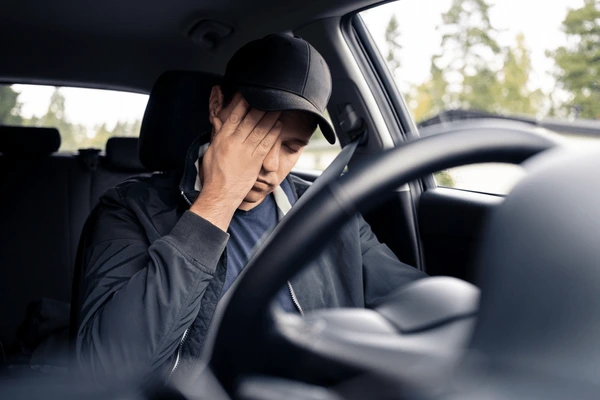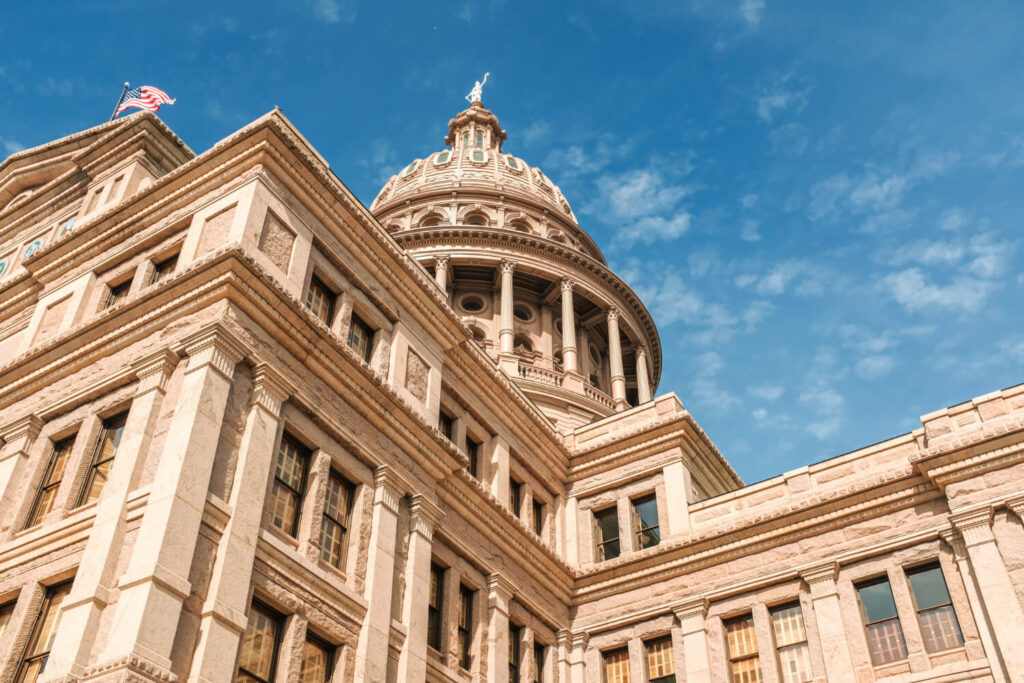Drunk driving is a serious issue, jeopardizing public safety and leading to numerous accidents and fatalities each year. The devastating consequences of impaired driving extend beyond the individuals involved, affecting families, communities, and society as a whole. Law enforcement agencies play a crucial role in combating drunk driving by implementing various strategies and interventions to keep our roads safe. From sobriety checkpoints to educational campaigns, these efforts aim not only to catch offenders but also to deter potential incidents before they occur. By understanding their methods and the rationale behind them, we can better appreciate how these agencies work tirelessly to reduce the incidence of these dangerous behaviors. At The Boyle Law Firm, we are committed to raising awareness about the dangers of drunk driving and the importance of responsible behaviors on the road.
Understanding the Importance of Preventing Drunk Driving
Preventing drunk driving is not just about enforcing the law but also about safeguarding lives and preventing injuries. Drunk driving impairs a driver’s ability to operate a vehicle safely, significantly increasing the risk of accidents. Law enforcement agencies employ a variety of methods to deter and address drunk driving, each designed to tackle different aspects of this widespread problem.
Key Strategies Employed by Law Enforcement
Sobriety Checkpoints
One of the most visible tactics used by law enforcement to prevent drunk driving is the establishment of sobriety checkpoints. Police place these checkpoints strategically on roads known for high rates of alcohol-related accidents. By stopping vehicles at these points, officers can assess drivers for signs of impairment and administer breathalyzer tests if necessary. This proactive measure plays a crucial role in deterring potential offenders and serves as a reminder of the risks associated with driving under the influence.
Increased Patrols
During peak times for drunk driving, such as weekends and holidays, law enforcement increases patrols to monitor roadways more closely. This heightened presence serves as a deterrent and allows officers to respond quickly to incidents of impaired driving they observe. By actively patrolling areas with a history of drunk driving incidents, law enforcement aims to discourage individuals from making the decision to drive after consuming alcohol, contributing to overall road safety.
Public Awareness Campaigns
Educating the public about the dangers of drunk driving and the legal consequences of driving under the influence is a crucial part of law enforcement efforts. Campaigns often include media advertisements, social media outreach, and community events to raise awareness and encourage responsible behavior. These initiatives not only inform the public about how to prevent drunk driving accidents but also promote alternative transportation options, such as designated drivers or rideshare services, to ensure everyone can make safe choices. Through these combined strategies, law enforcement agencies work diligently to tackle drunk driving accidents and promote a culture of safety on our roads.
Collaboration with Other Agencies
Collaboration with other agencies is essential for effectively addressing drunk driving, as it creates a unified approach to this serious public safety issue. Local, state, and federal law enforcement agencies often collaborate to share information, coordinate operations, and support initiatives to reduce drunk driving incidents. For example, joint task forces may conduct sobriety checkpoints, allowing officers from various jurisdictions to deter impaired drivers more effectively. Additionally, partnerships with community organizations, schools, and public health agencies can foster educational campaigns that raise awareness about the dangers of drunk driving and promote responsible behaviors. By engaging the community and encouraging discussions about alcohol consumption and safe driving, we can shift cultural attitudes and create an environment that discourages impaired driving. So, how can drunk driving be prevented? By fostering collaboration among law enforcement and community stakeholders, we can enhance prevention strategies and ultimately create safer roads for everyone.
Use of Technology
Advances in technology have provided law enforcement with new tools to combat drunk driving, including improved breathalyzer devices, roadside testing equipment, and data analysis systems that help track and predict high-risk areas.
Challenges and Limitations in Law Enforcement Efforts
While law enforcement plays a vital role in reducing drunk driving, they encounter various challenges and limitations that can affect their ability to be fully effective.
- Limited Resources: One of the primary challenges is the allocation of resources. Law enforcement agencies often operate with constrained budgets and limited personnel, which can restrict their ability to conduct widespread enforcement activities. This limitation can affect the frequency and scope of sobriety checkpoints, patrols, and educational programs.
- Legal Constraints: Legal constraints and procedural requirements can also pose challenges. The legal framework for conducting sobriety checkpoints and other enforcement measures must comply with constitutional protections and legal standards. Navigating these legal requirements can sometimes limit the scope of enforcement actions and affect their overall effectiveness.
- Public Resistance: Public resistance to drunk driving enforcement measures can also be a challenge. Some individuals may view checkpoints and increased patrols as intrusive or inconvenient, leading to resistance or non-compliance. Educating the public about the benefits of these measures and the importance of road safety is essential for overcoming this resistance.
- Evasion Tactics: Impaired drivers often use tactics to evade detection. For example, they may alter their driving behavior to avoid suspicion or steer clear of known enforcement areas, making it difficult for law enforcement to identify and apprehend offenders effectively.
Law enforcement agencies must continuously adapt and innovate their strategies to address these challenges. This includes leveraging new technologies, improving data analysis capabilities, and exploring novel enforcement methods. Collaboration with other agencies and organizations can also help to overcome limitations and enhance the overall effectiveness of drunk driving prevention efforts.
A Collaborative Approach to Combating Drunk Driving
The role of law enforcement in reducing drunk driving accidents is vital for road safety. By implementing strategies like sobriety checkpoints, utilizing advanced technology, and collaborating with communities, they work tirelessly to minimize drunk driving incidents. At The Boyle Law Firm, we support these efforts and are dedicated to helping victims of drunk driving accidents. If you need legal assistance, contact us to explore your options and seek the compensation you deserve.



